A rogue planet has many names like an interstellar planet, orphan planet, nomad planet, free-floating planet, starless planet, unbound planet, wandering planet, sunless planet. If we notice, these names give us a clear idea about the question ‘what is a rogue planet’? It is not surprising if you have ever thought of being such an object before it is known to you or discovered.
So here are our main desire to know what exactly are the rogue planets? Simply a rogue planet is a planet (huge planetary object) that does not orbit around any star. That’s why it is called a starless planet.
These rogue planets have been ejected from their solar system and gravitationally are not bound by any star or substellar object. So if a planet wanders randomly in space without any gravitational bound and does not belong to any star system, then it is considered a rogue planet.
No rogue planets exist in our solar system. And planets that exist outside to our solar system, are called exoplanet or extrasolar planets. All rogue planets are an exoplanet, but not all exoplanets are rogue planets.
Rogue planets facts
- Planets that have gone rogue, is a free-floating planet in the space or directly orbit the galactic center but they do not have any fixed orbit. Because when they travel close to any huge object they might change their path due to the effect of gravitational force.
- Rogue planets travel in space with hypervelocity. Some of these planets travel with a speed of 30 million mph or approximately 13000 km/sec.
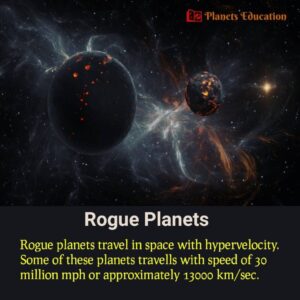
- Scientists believe that there are billions of these planets in the universe. According to an estimation, our galaxy milky way alone has more than 100 billion rogue planets.
- Most of these planets are gas giant planets like Jupiter and Saturn but they can also be rocky planets like Earth and Venus.
- These planets are difficult to detect by telescope and by other usual technology because of their weak thermal radiation emission, unlike stars.
- The nearest rogue planet to our earth is WISE-0855-0714. It was discovered in 2014 and is approximately 7.2 light-years away from us. The mass of this planet is around 10 times of Jupiter.
- Like a rogue planet, rogue stars are also found in the universe. These rogue stars are expelled out from their galaxy and do not orbit around their galactic center. The ejection phenomenon of the rogue stars happens when a star approaches a supermassive black hole, then instead of consuming inside the black hole, it got ejected outside with a hypervelocity.
- Most of these planets are so massive in size and approximately 1000 times larger than our earth. Rogue planets that have been discovered yet, are more than 3 to 20 times larger than our gas giant planet Jupiter.
- There is no image that has been taken for this type of planet. The shown photo of these types of free-floating planets is only the artist’s impression.
How do planets go rogue?
These planets used to have the behavior of the normal planet before becoming a rogue if they belong to any star system. Then there is a question that “how are rogue planets formed”? Scientists do not know much about how exactly these planets formed, but they have some possible theories that might be the reason for the formation of a rogue planet.
⇒ Planet ejected from a solar system
Usually, planets orbit their sun because they are gravitationally bound in the solar system. But sometimes due to any reason, they got expelled out from the solar system. The disturbance in the gravitational force is the most supported reason by the scientists to convert into a rogue planet.
Gravitational force may be disturbed when two planets approached each other near to the sun. In this case, sometimes the sun attracts one planet, whereas the second planet gets ejected out with high velocity. The velocity of the ejected planet is so high that it becomes free from the gravitational force of the sun. That’s how a planet becomes a rogue planet or unbound planet.
⇒ A failed star explosion
When the core of a huge star explodes it formed a supernova and the explosion of the supernova emits high energy in the whole galaxy. But sometimes the explosion of a star is quite the opposite like they gently explode and disappears. This gentle explosion phenomenon of the star is called unnova.
In this case, the planets of that star system become orphans and they do not have any star or sun to orbit around. So the gravitational system of the planet gets disturbed and they start wandering in the galaxy. That’s how a rogue planet or wandering planet formed.
⇒ Failed proper star formation
Many astronomers believe that rogue planets are formed in the same way as stars have formed and these planets are the case of failed star formation. Proper formation of a star takes millions of years but in some cases the available gas and dust to form a star get finished, then it is called a failed star. The failed star can also be known as a rogue planet if it does not have enough temperature like a proper star.
Rogue planet discovery
There is still a lot to search about these types of planets in the universe and our astronomers are continually trying. As the rogue planets do not emit much radiation, so to detect them is not an easy task. Still, researchers have found many of these planets in the galaxy, and more are in the Milky Way galaxy.
The first detected rogue planet is OTS 44 and it was discovered in 1998. It is a low mass brown dwarf star that was formed due to failed star formation. This is a highly massive rogue planet with a mass of more than 12 times of Jupiter. The distance of the OTS 44 from our solar system is around 550 light-years.
After the discovery of OTS 44, many of these planets have been discovered. The recently detected rogue planet is OGLE-2017-BLG-0560 and it was discovered in 2017.
What would happen if a rogue planet hit the earth?
I would simply say, the earth would be completely demolished. As we now know the size of these planets is so massive and mostly bigger than the planet Jupiter. How else can I answer this type of question! Even when we know that a small asteroid can also disturb all life of the earth if it collides (as simple as it is).
Rogue planets list in order
There are only a few rogue planets that have been discovered so far and scientists have collected information about them. According to the distance of these planets from our solar system, here we have attached a proper image for the list of some detected rogue planets in order.
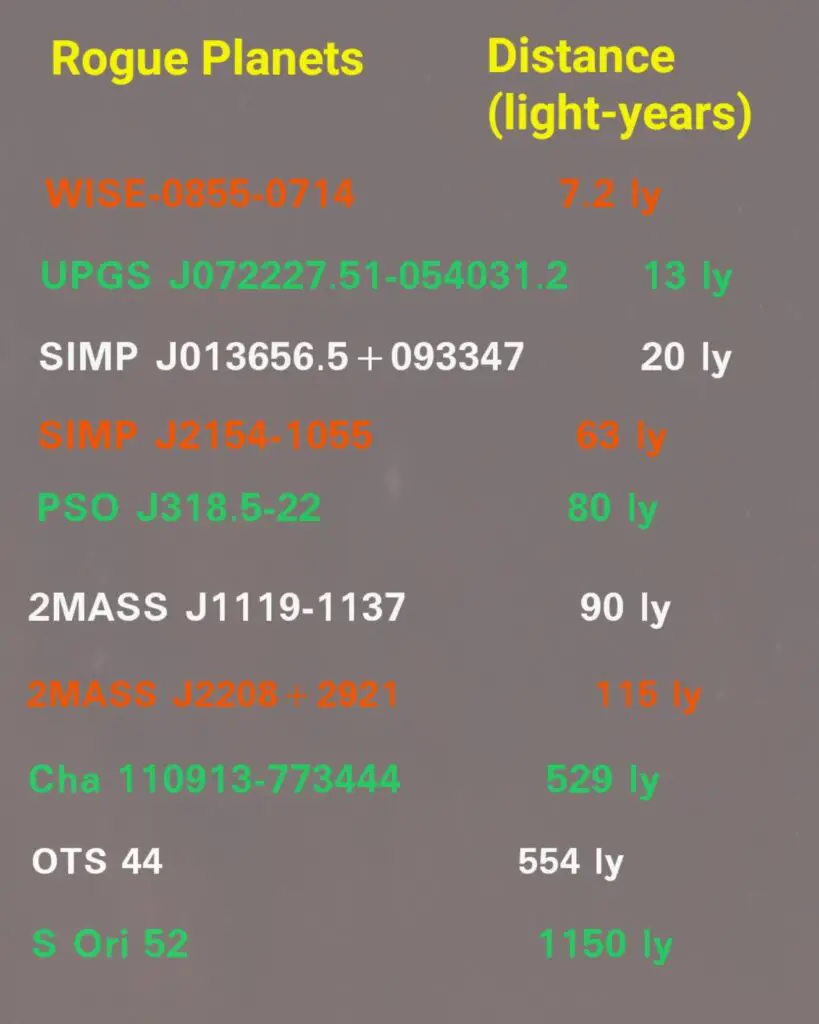
So, I hope you must have liked reading about Rogue Planets with other facts and information about it, such as how do planets go rogue, a list of rogue planets, facts about rogue planets, etc.
Before exploring next I recommend checking this:- Exoplanet: Facts and Information
- 5 Best Solar System Backpacks in 2024
- Mass of Planets in Order from Lightest to Heaviest
- Star Projector {2024}: Star Night Light Projector
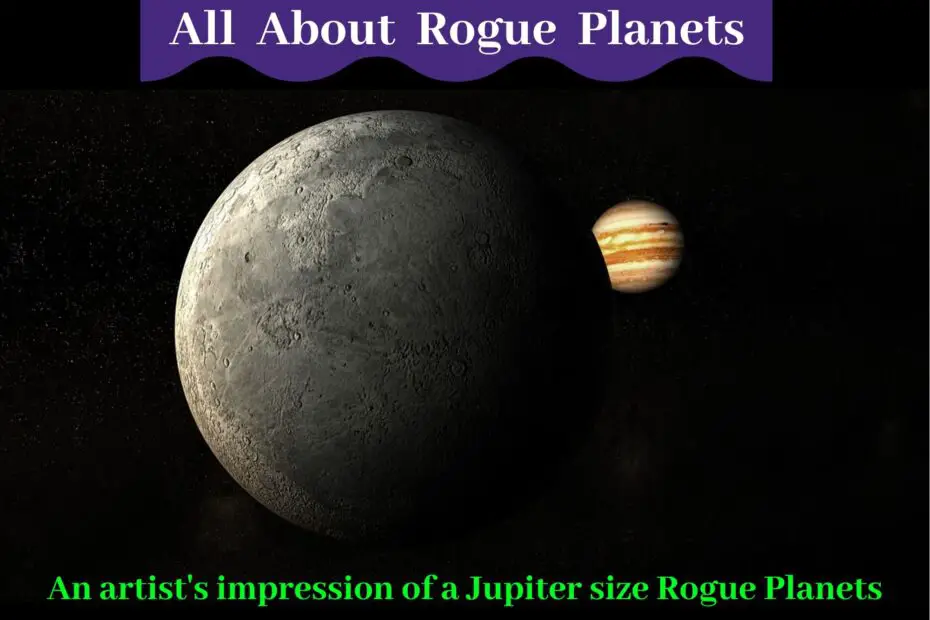

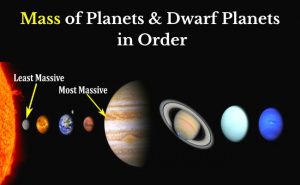

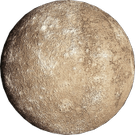
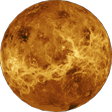
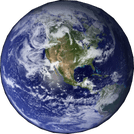
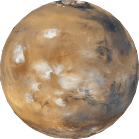
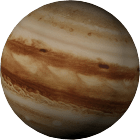
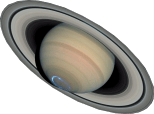
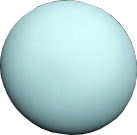
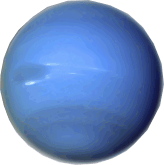

I like the efforts you have put into this, appreciate all the great articles about planets.
Comments are closed.